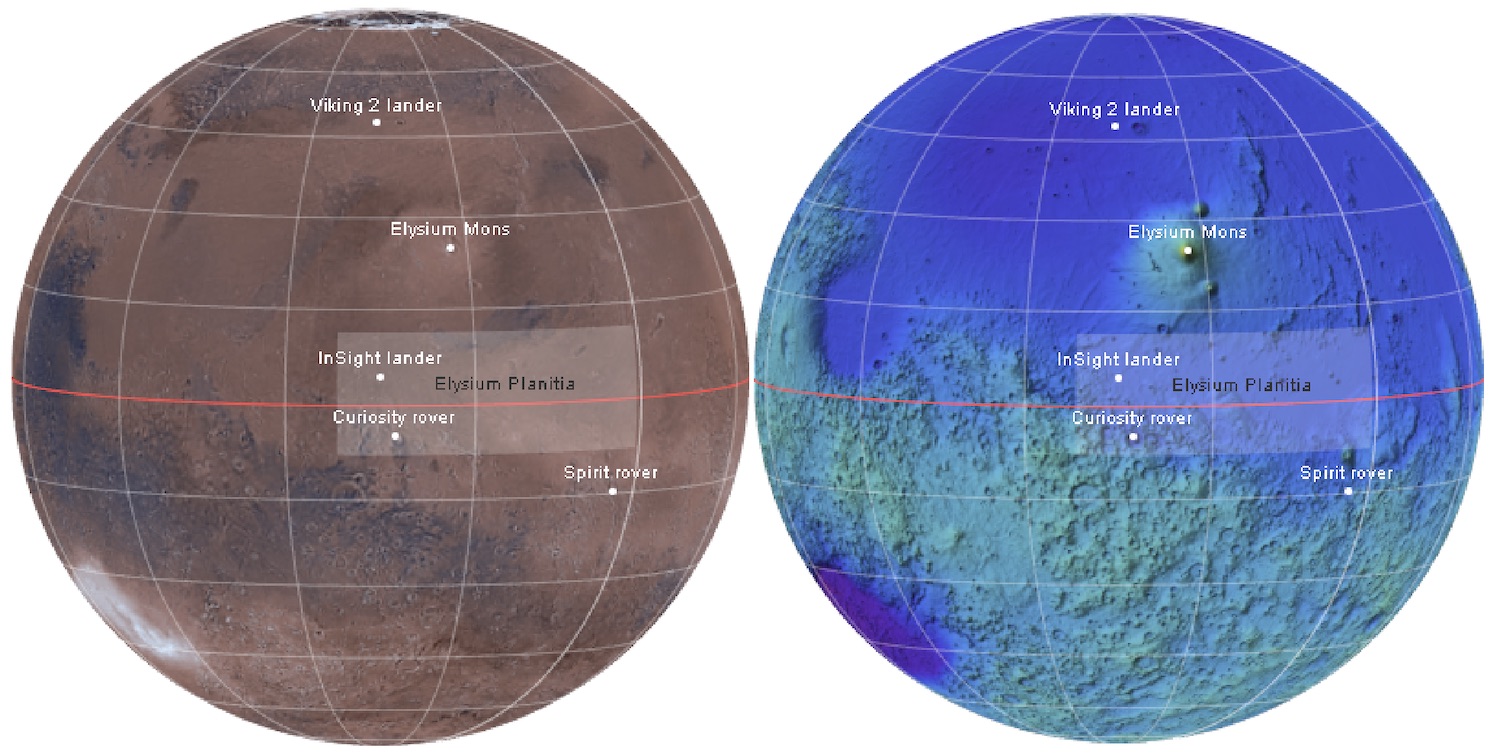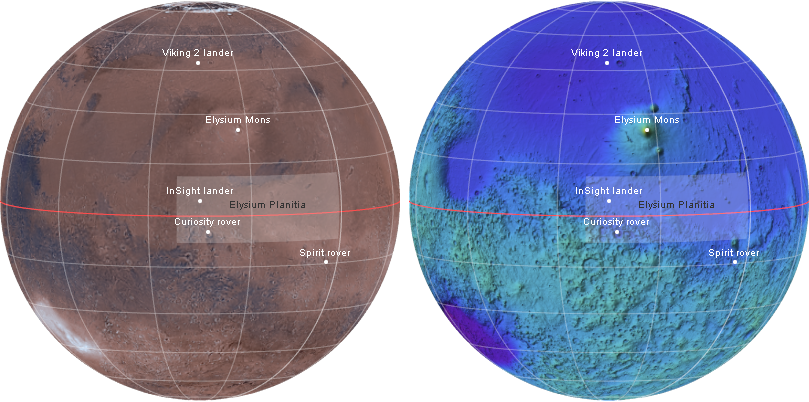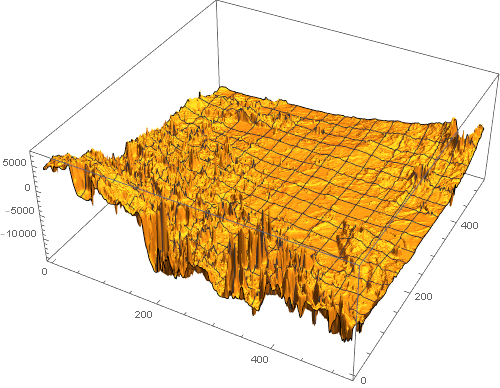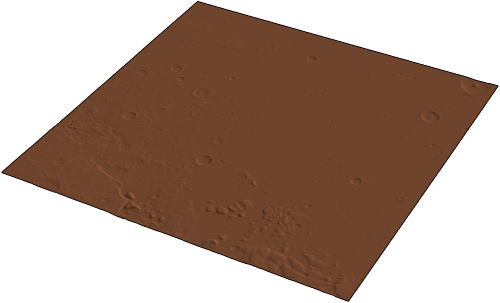Open in Cloud | Download to Desktop via Attachments Below

On Nov 26, 2018, NASA landed the InSight lander on the surface of Mars. The planned landing site was 4.5°N, 135°E, within Elysium Planitia. At the time of this post, the final landing coordinates have not been released, but is believed to be very close to the planned coordinates.
prims[ent_Entity, label_: Automatic] :=
Module[{pos, nam}, {pos, nam} = ent[{"Position", "Name"}];
{Disk[pos, .01],
Text[If[label === Automatic, nam, label], pos, {0, -1.5}]}]
prims[pos_GeoPosition, label_] := {Disk[pos, .01],
Text[label, pos, {0, -1.5}]}
We can now construct a GeoGraphics expression that contains the data we want to visualize. The landing sites of a few additional probes and surface features have also been included for greater context.
marsmap[opts___] :=
With[{pos1 = GeoPosition[{4.5, 135}, Entity["Planet", "Mars"]]},
GeoGraphics[{Red, GeoPath["Equator"], White,
prims[pos1, "InSight lander"],
prims[Entity["DeepSpaceProbe", "MarsScienceLaboratory"],
"Curiosity rover"],
prims[Entity["SolarSystemFeature", "ElysiumMonsMars"]],
prims[Entity["DeepSpaceProbe", "VikingLander2"]],
prims[Entity["DeepSpaceProbe", "MERDashASpiritRover"],
"Spirit rover"], {Black,
Text["Elysium Planitia",
Entity["SolarSystemFeature", "ElysiumPlanitiaMars"][
"Position"], {0, 0}]}, Opacity[.1],
GeoBoundsRegion@(Entity["SolarSystemFeature",
"ElysiumPlanitiaMars"]["GeoBoundingBox"])},
GeoGridLines -> Automatic,
GeoGridLinesStyle -> Opacity[0.3, White], ImageSize -> 400,
GeoRange -> All, opts]]
With[{pos1 = GeoPosition[{4.5, 135}, Entity["Planet", "Mars"]]},
Grid[{{marsmap[
GeoProjection -> {"Orthographic", "Centering" -> pos1},
GeoZoomLevel -> 2],
marsmap[GeoBackground -> "ReliefMap",
GeoProjection -> {"Orthographic", "Centering" -> pos1},
GeoZoomLevel -> 2]}}]]

We can view the landing site in more detail by examining the elevation data for this part of Elysium Planitia. Here, we extract the data within a 300 mile radius of the landing site.
insight =
GeoElevationData[
GeoDisk[GeoPosition[{4.5, 135}, Entity["Planet", "Mars"]],
Quantity[300, "Miles"]], GeoZoomLevel -> 5];
Without further specifications, the results make the landscape look quite rough.
ListPlot3D[Reverse[insight], PlotRange -> All, ImageSize -> 500]

But the above is misleading. We can specify box ratios and other styles to more accurately represent the appearance of the landing site.
myBoxRatios[{min_, max_}, radius_,
verticalExaggerationFactor_: 1] := {1, 1,
verticalExaggerationFactor (max - min)/(2 radius)};
style = {Mesh -> None,
PlotStyle -> RGBColor[156/255., 96/255., 62/255.],
ImageSize -> 500, Boxed -> False, Axes -> False,
Lighting -> {{"Ambient", GrayLevel[.1]}, {"Directional",
GrayLevel[1], ImageScaled[{1, 1, .1}]}}, PlotRange -> All,
Method -> {"ShrinkWrap" -> True}};
ListPlot3D[Reverse[insight],
BoxRatios ->
myBoxRatios[MinMax[insight], Quantity[300, "Miles"], 1], style]

Zooming in a bit further, we can only see a smattering of relatively small craters within a 100 mile radius of the landing site.
insight2 =
GeoElevationData[
GeoDisk[GeoPosition[{4.5, 135}, Entity["Planet", "Mars"]],
Quantity[100, "Miles"]], GeoZoomLevel -> 5];
ListPlot3D[Reverse[insight2],
BoxRatios ->
myBoxRatios[MinMax[insight2], Quantity[100, "Miles"], 1], style]

The landing site is relatively flat which is optimal for the mission since it needs smooth, loose terrain that is easy to burrow the seismometer and instrumentation into.
 Attachments:
Attachments: